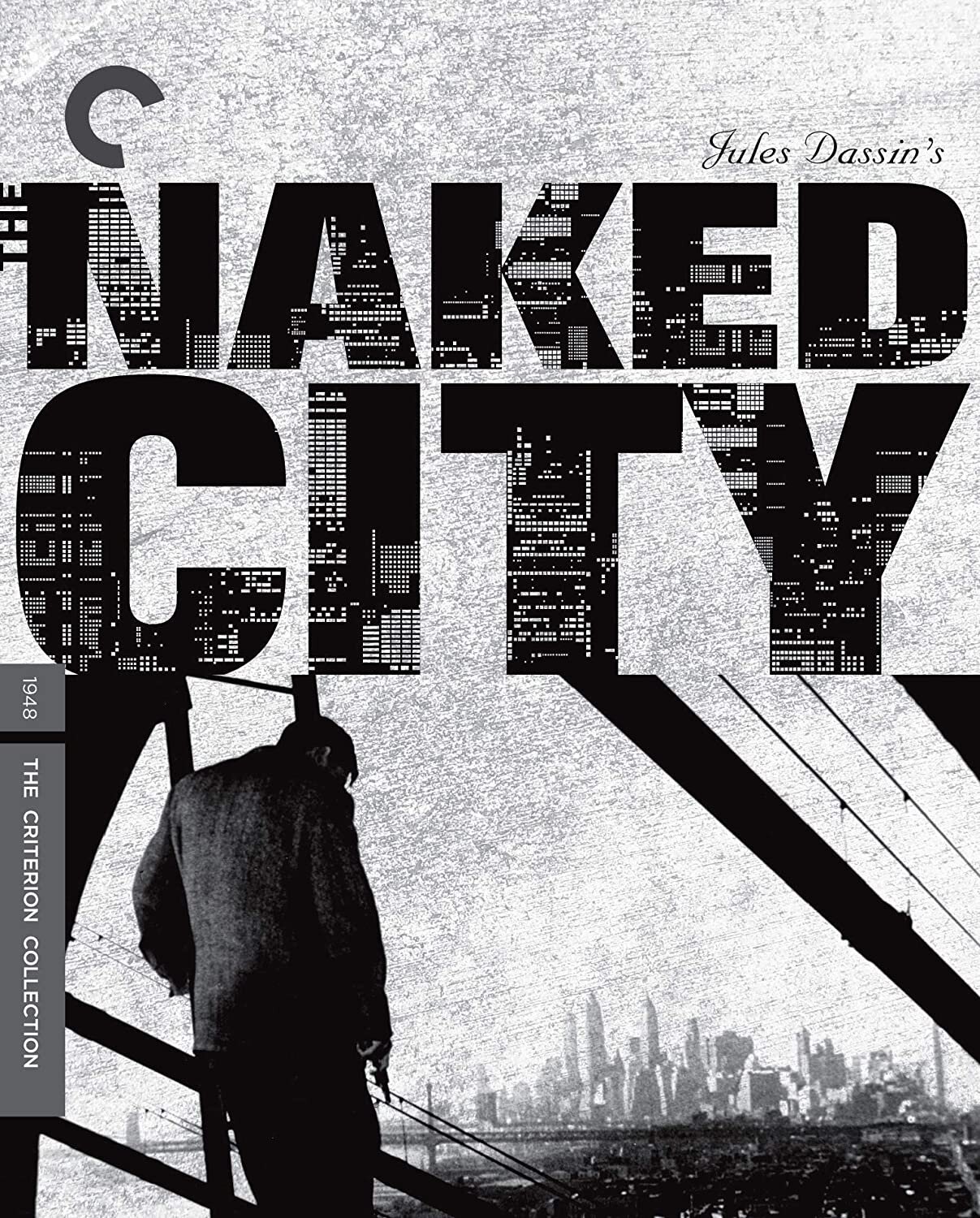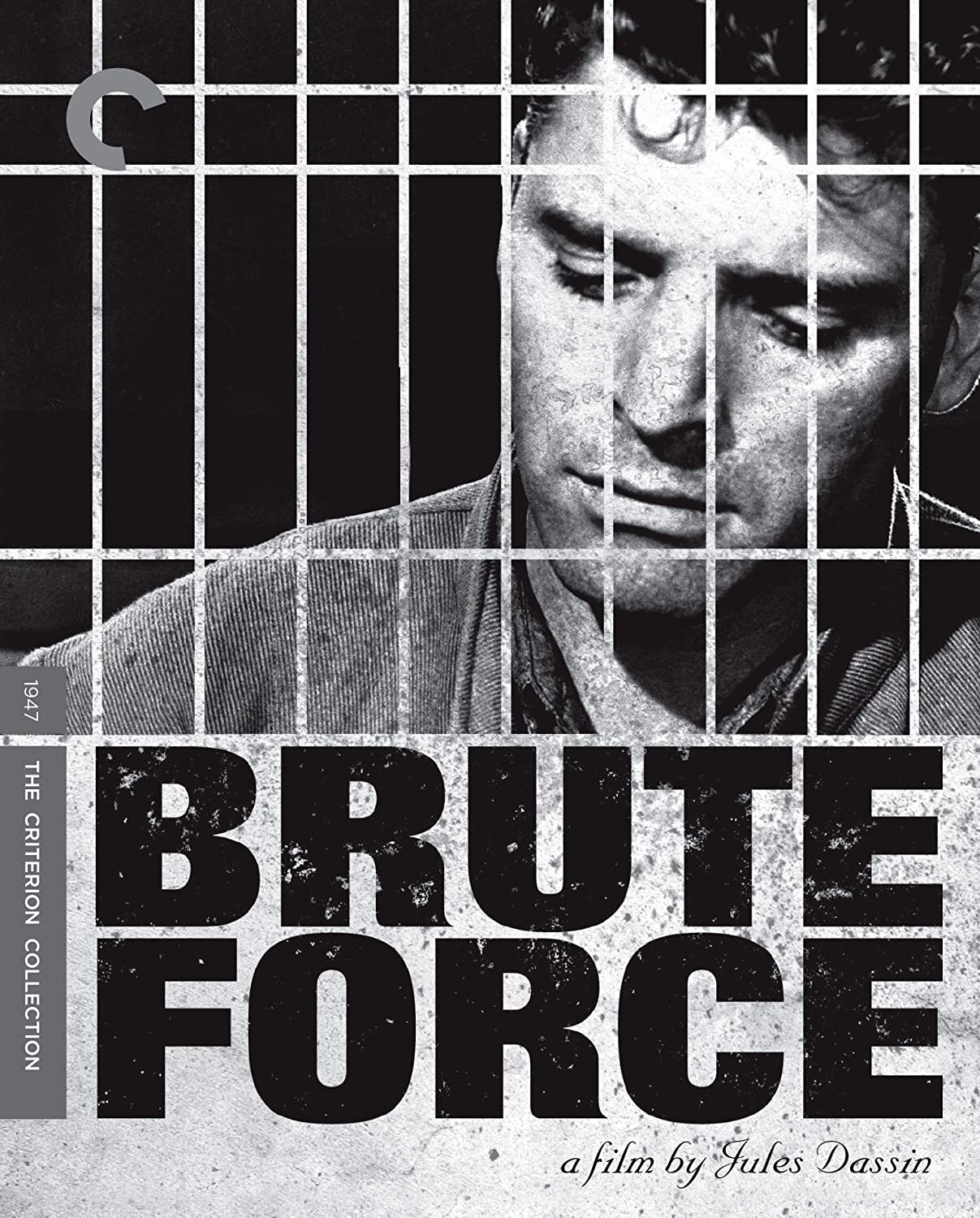Brute Force and The Naked City (Preview)
Reviewed by David Sterritt
In some ways, Brute Force (1947) and The Naked City (1948) seem like near-identical film noir twins. Both are Universal-International pictures directed by Jules Dassin, produced by Mark Hellinger, and photographed by William Daniels, and they premiered just eight months apart. Looked at more closely, though, the pair have as many differences as similarities. Brute Force is a prison drama, shot on studio stages and charged with the claustrophobia, entrapment, and interiority that give the penitentiary genre its morbid allure. In sharp contrast, The Naked City is a peripatetic procedural, shot in a varied array of New York City streets, shops, offices, swanky apartments, and grim tenements, all caught in pseudodocumentary detail during a superhot summer so crowded with real-life murders that police authorities cut back drastically on the permission they’d granted for filming in busy precinct offices. Watch the movies back to back in their newly issued Criterion Collection editions (with supplements recycled from earlier releases) and there’s no mistaking the wide range of stylistic options a resourceful director could deploy in the early years of the cycle that would soon be known as film noir.
Jules Dassin.
Among their other accomplishments, these films established Dassin as a rapidly rising artist with a bright Hollywood future. His previous pictures hadn’t been especially memorable, although they showed an ability to direct imposing stars (Joan Crawford and John Wayne in 1942’s Reunion in France, Charles Laughton and Robert Young in 1944’s The Canterville Ghost) and a terrific knack for the moving camera, a hallmark of all his best movies. Brute Force and The Naked City were far more impressive, and they also brought his strongly left-wing politics to the fore, especially the first film, where the prison is a microcosm of soul-crushing, crypto-fascist aspects of American society at large. Dassin’s flair for pungent social criticism didn’t directly cut off his bright Hollywood future, since his Communist Party membership in the 1930s, spelled out for HUAC by cooperating witnesses, was more than enough to land him on the Hollywood Blacklist.
Barry Fitzgerald as Detective Muldoon in The Naked City.
But after two more first-rate noirs—1949’s Thieves’ Highway, showing capitalist exploitation of laborers and immigrants, and 1950’s Night and the City, about a self-destructive hustler on the skids in London, where the picture was shot—he transplanted his career to Europe, remaining there until 1968, when Uptight, a powerful drama of Black militancy, brought him back to America with his politics as progressive and passionate as ever. Brute Force and The Naked City darkly mirror their era’s growing threat of Hollywood witch-hunting and concomitant pressures to abide by the Eisenhower era’s blinkered sociocultural norms. Other participants in the films were likewise blacklisted, including Naked City screenwriter Albert Maltz and Brute Force actors Jeff Corey, Roman Bohnen, Howland Chamberlain, and Art Smith. The films’ brooding paranoia is distinctly in sync with the time when they were made.
Burt Lancaster as inmate Joe Collins in Brute Force.
Dassin can’t be called the sole auteur of these pictures, since Hellinger was a hands-on producer with a remarkable show business pedigree of his own. He made his name as a New York newspaper columnist, replacing the usual gossip items and color pieces with fanciful vignettes of his own devising. Success as a playwright (an iconic Broadway theater is named after him) and screenwriter led him to producing, first at Warner Bros., which hired him to oversee the authenticity of gangster movies, and later at Universal, where he supervised his own unit. He was known far and wide as an enormous tipper, a freewheeling gambler, a friend of the famous and infamous, and perhaps “the softest touch in Hollywood,” to quote a 1947 magazine profile reprinted in the Criterion booklet accompanying Brute Force. And he was often deeply involved in the movies he produced, as other materials in the Criterion booklets show. He fought resolutely (and quite successfully) with the Production Code office over the need for boundary-pushing violence in Brute Force, and his notes to Dassin on the spectacular finale of The Naked City, a rapid-fire chase atop Manhattan’s lofty Williamsburg Bridge, bear out his commitment to consistency and inner meaning as well as immediate sensory impact…
To read the complete review, click here so that you may order either a subscription to begin with our Spring 2021 issue, or order a copy of this issue.
Copyright © 2021 by Cineaste Magazine
Cineaste, Vol. XLVI, No. 2


